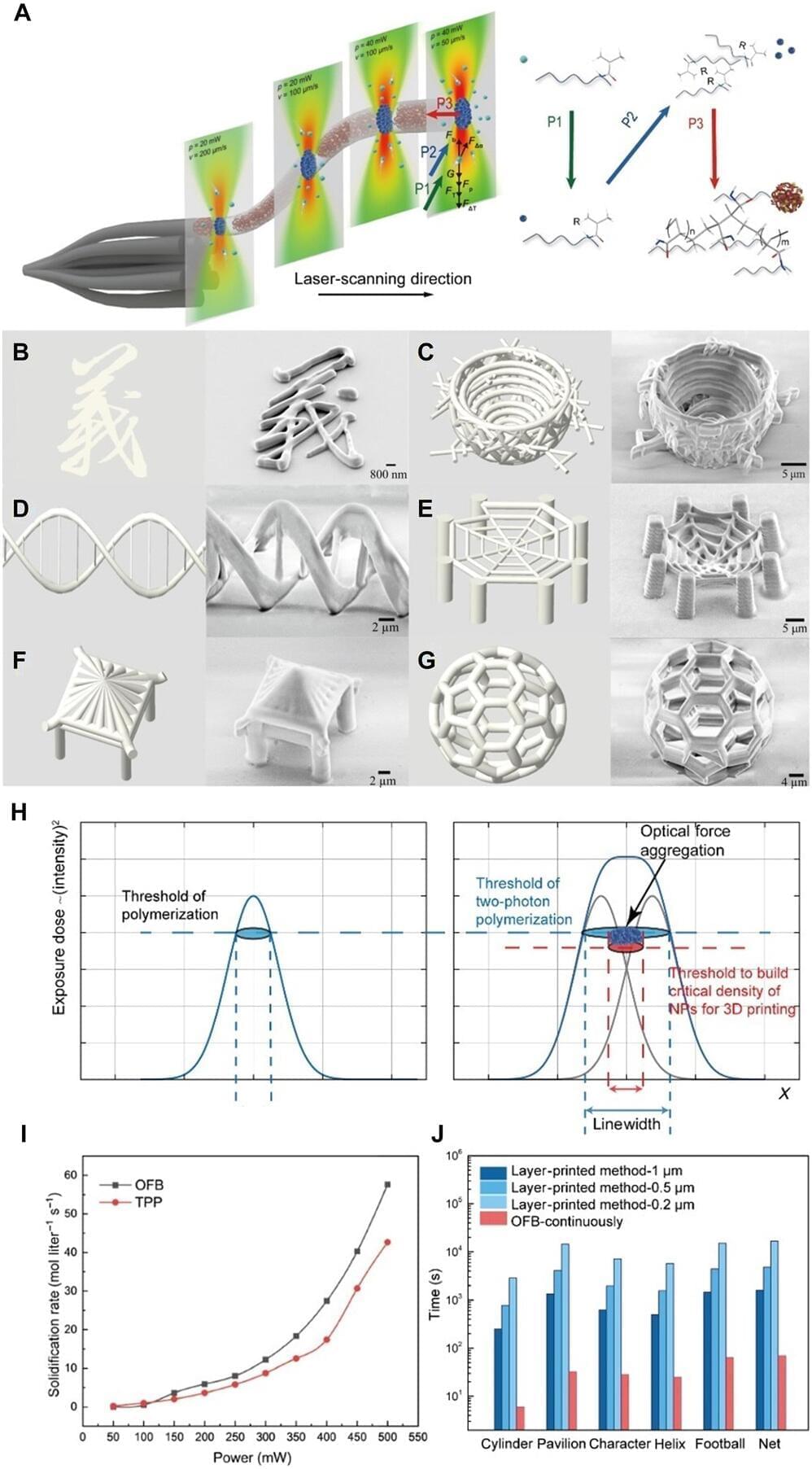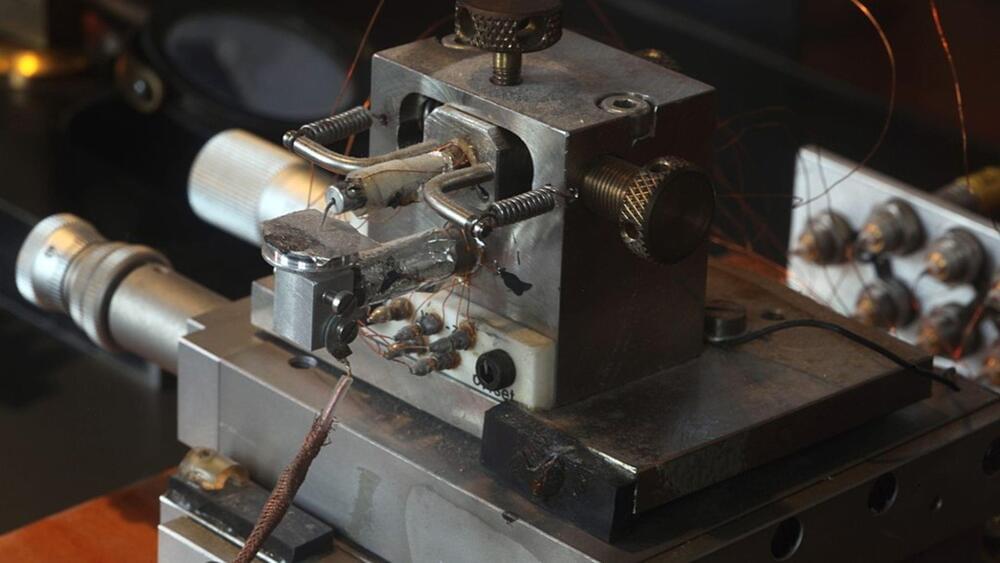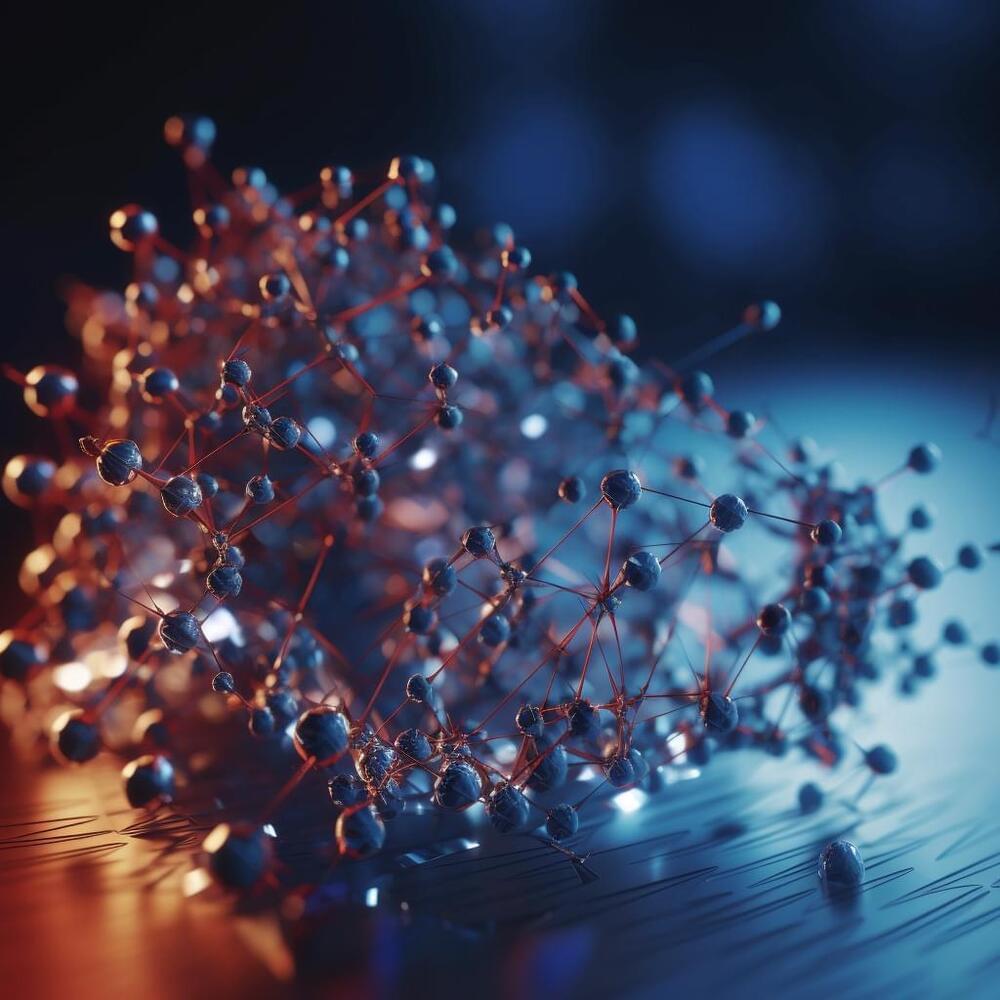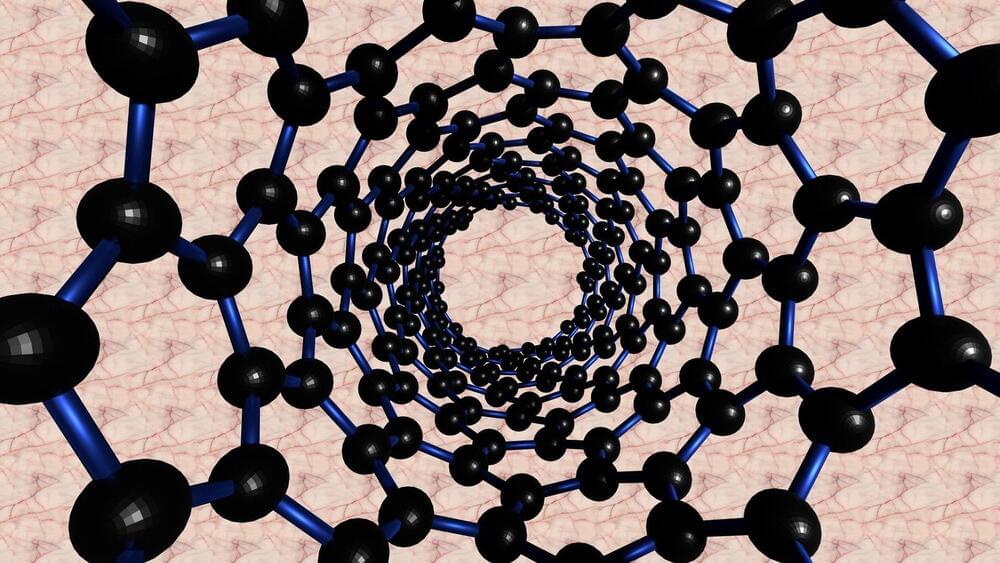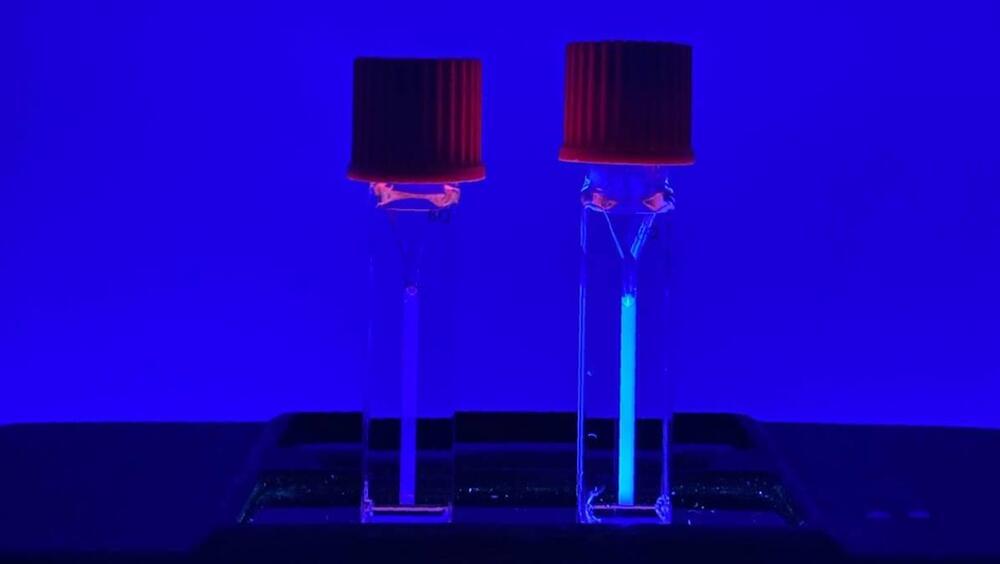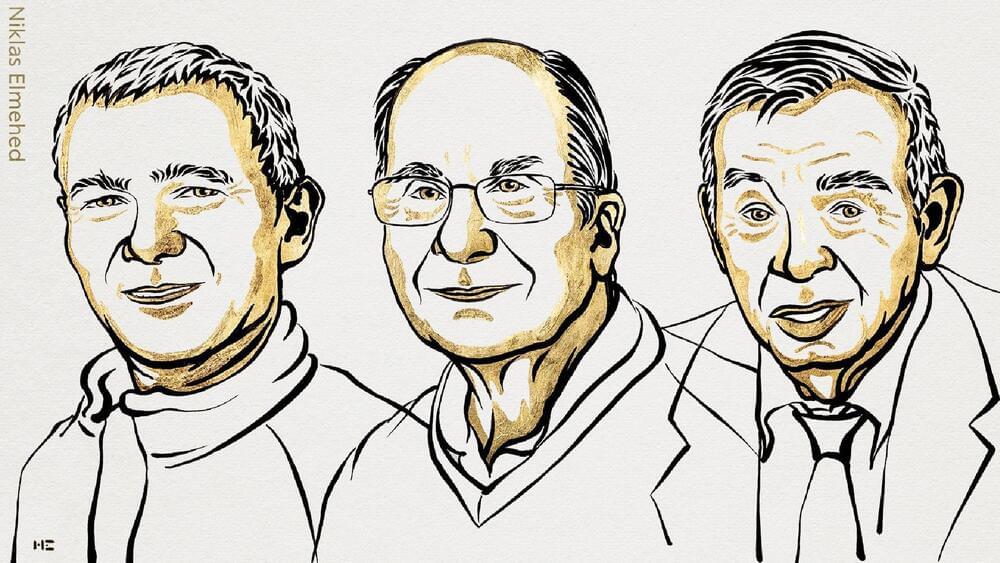Two-photon polymerization is a potential method for nanofabrication to integrate nanomaterials based on femtosecond laser-based methods. Challenges in the field of 3D nanoprinting include slow layer-by-layer printing and limited material options as a result of laser-matter interactions.
In a new report now on Science Advances, Chenqi Yi and a team of scientists in Technology Sciences, Medicine, and Industrial Engineering at the Wuhan University China and the Purdue University U.S., showed a new 3D nanoprinting approach known as free-space nanoprinting by using an optical force brush.
This concept allowed them to develop precise and spatial writing paths beyond optical limits to form 4D functional structures. The method facilitated the rapid aggregation and solidification of radicals to facilitate polymerization with increased sensitivity to laser energy, to provide high accuracy, free-space painting much like Chinese brush painting on paper.
